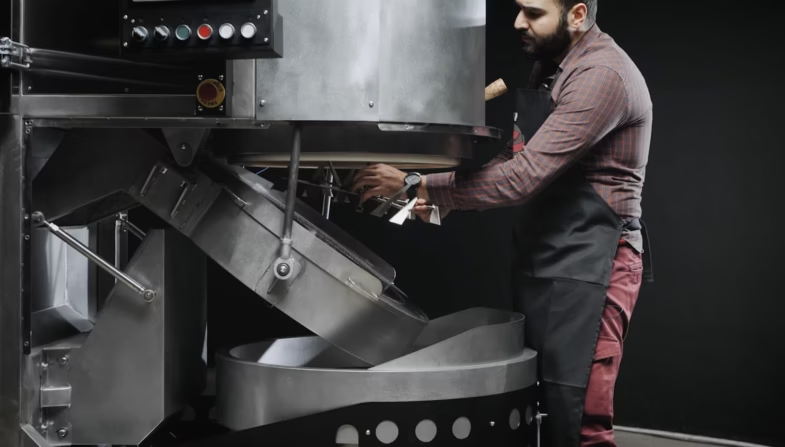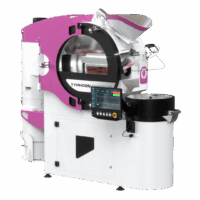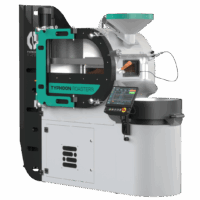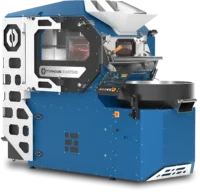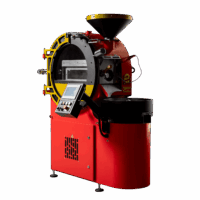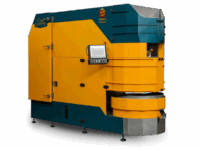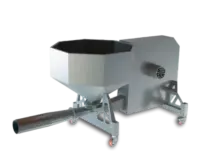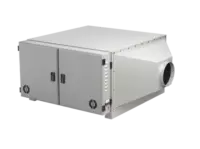Usually the largest, most expensive, and most used piece of equipment in a coffee shop is its roaster. To look spic and span advertises a caliber of excellence. A beautiful space demonstrates quality standards. But, anytime green beans run through, chaff and oils build up as flammable waste. Fires aside, even a small amount of buildup can change your profile. Quality care will make all your hardware live longer and work better.
Creating a Maintenance Schedule
The first step in creating a maintenance schedule is being proactive. Start routines immediately, don’t wait on problems. A little buildup goes a long way to impact aesthetic, flavor, and safety. Focus on frequency and thoroughness.
To begin, decide how often to perform various care jobs. Disassemble parts everyday at first to observe buildup and schedule accordingly. If there’s no time, you might decide by considering:
- How often you roast: more uses means more cleaning
- What kind of beans: darker beans produce more oils and mess
- The moisture of the beans: dryer beans make more chaff than wet
Keep in mind that day to day scheduling is easier to track than by roast. With different workers performing routines, recording each use is tricky. In one instance, you should empty the chaff bucket every 8-10 roasts, daily, or before it’s half full: whatever comes first.

Create a clear maintenance log to record cleanings, upkeep, and any issues. Tell staff to note any strange sounds, tastes, or even visible wear. Recognizing issues before a breakdown saves time and money, so stay proactive. In the log, include daily, weekly, monthly, and yearly checklists.
Consider what tools and gear help ease and safety during maintenance:
- Eye protection from crumbling debris;
- Gloves against cleaning agents and waste;
- A dust mask to avoid inhaling ash and residue;
- A headlamp to see all cracks and crevices;
- A quality vacuum cleaner;
- An air compressor to clean hard-to-reach parts;
- A stiff-bristled brush to scrub cooling tray and rough surfaces.
Daily Tasks
First on your daily checklist, include a safety protocol to cut off gas and electricity. If there’s a cleaning mode, start it daily. Then, a quick removal of basic buildup. Empty the chaff bucket and vacuum around. Clean out the waste and cooling trays. Wipe the entire machine down and tidy the general area. Remind staff to always keep an eye out, but especially to log what they notice during daily routines.
Weekly Tasks
Once a week, remove and scrub the cooling sieve or tray. Vacuum under it and around the burners. Open the doors completely, clearing any chaff. Dust the fan motors with air compression or a gentle touch. Check wear in joints and mobile spots to lubricate with an oven-safe, edible grease. Wipe down the thermocouple and probe the inside temperature to check its accuracy. Be sure to test the temperature accurately, deep inside.
Monthly Tasks
Disassemble and scrub the ductwork and chaff cyclone, where most fires start. Scour the cooling tray rigorously. Dust and wipe the exhaust fan. After, replace kaowool paper insulation and aluminum tape surrounding joints and gaskets. Deep clean the chaff bin and green bean contact surfaces. Regrease drum bearings and check motor fluids.
Yearly Tasks
Even a perfectly maintained machine needs annual thorough inspection. A yearly breakdown is avoidable, but likely. Scheduled technical services reduce shop time. You’ll save money by keeping your business up and running. Yearly technicalities may need hired help for specialized measures like:
- Measuring the amperage of motors
- Inspecting afterburners on roof
- Checking airflow and pressure in piping
To find quality technical help, talk to your manufacturer about future support. Hold onto the technical contacts from the manual. Consider purchasing from a company that values and supports clients in the long-term.
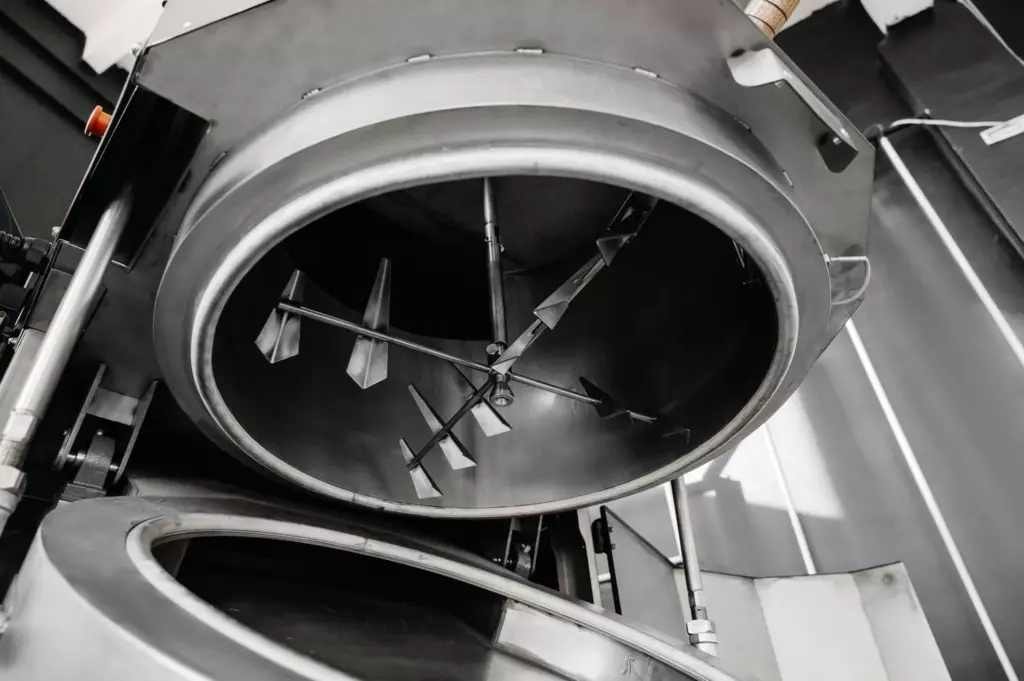
Consequences of Inadequate Maintenance
Ungreased bearings wear down to failure, losing money and a reliable reputation. Filthy parts might replacements ordered, meaning a few days of waiting. Purchasing such a piece of equipment, whether parts or wholly, is no small feat. By using a maintenance log to stay on top of issues, you pay minor repairs and upkeep instead of a new appliance. If you create or experiment with roast profiles in an unwell appliance, you’ll have to redo them.
Repercussions of an unpreserved roaster range from safety to quality concerns. Following poor care, a fire is likely. This will put you out a couple weeks or even months, but so can other subtle, negligence.
A rundown machine endangers physically and financially, but also risks reputation. Quality coffee never comes from buildup contamination. Customers expect consistent quality from your business. Bitter and overdeveloped flavors from buildup risk entire batches. This is how an unwashed appliance turns away valuable clients.
Your maintenance and upkeep directly affect your success. Create a realistic schedule with appropriate frequency. Train yourself and others to meet quality standards throughout cleaning. Hold each other accountable with easy-to-use checklists and logs. Take pride in your work by displaying a spotless roaster and quality standards you follow. And most importantly, keep your workplace safe for employees, customers, and their taste buds alike!

